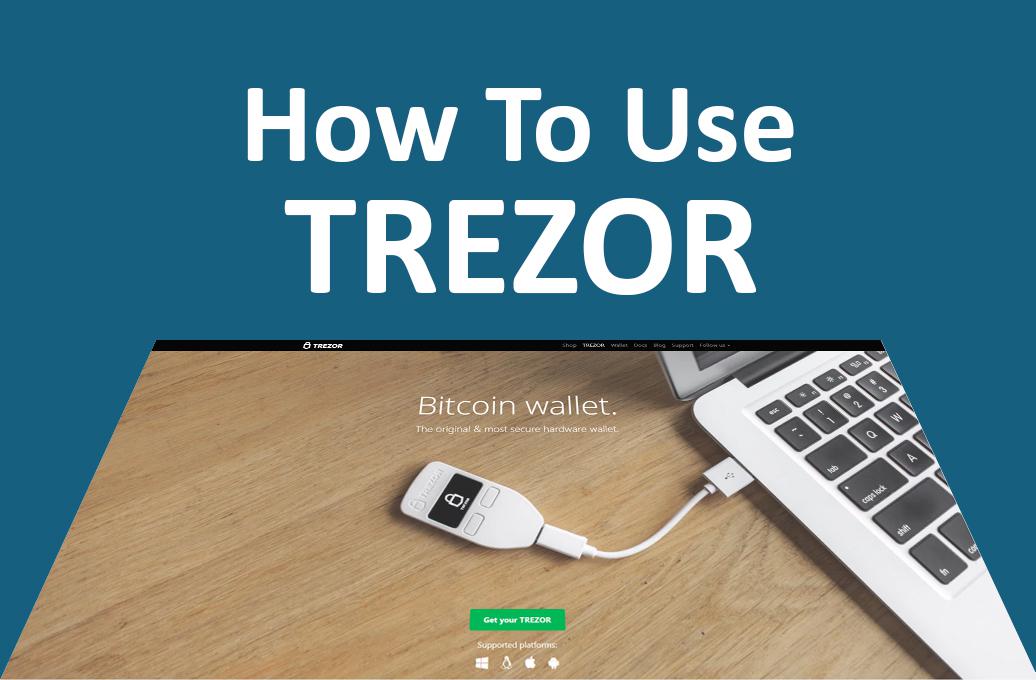The Essential Guide to Trezor Login and Digital Asset Security
Understanding the critical layers of protection for your cold storage wallet.

What is "Trezor Login"?
When we talk about **Trezor Login**, it's vital to clarify that you are not logging into an account or a server. You are simply **authenticating your physical hardware wallet** to the secure management software—the **Trezor Suite**. This crucial distinction means your private keys never touch the internet; they remain safely isolated within the device itself. The Trezor device acts as a digital signature machine, validating transactions only after you physically approve them. This is the foundation of cold storage security.
The Trezor Suite acts as the **refined site** for interaction, providing a high-quality interface for managing your portfolios, sending, and receiving cryptocurrencies, all while ensuring that the critical signing process is handled offline by your Trezor device. This robust, multi-layered authentication process is what makes Trezor the gold standard in crypto security.
The Multi-Step Authentication Process
Accessing your funds requires a sequence of physical and digital steps designed to thwart both remote and physical attacks. This process is far more secure than a traditional username and password combination.
Step 1: Connecting the Device
The process begins by connecting your Trezor device (Model One or Model T) to your computer via a USB cable. The **Trezor Suite** software will automatically detect the device and prompt the next steps. It is imperative to always use the official Trezor Suite application, either as a desktop application or a browser-based version, to prevent phishing attempts.
Step 2: Entering the PIN
The PIN (Personal Identification Number) is the first line of defense against physical theft. When prompted on your computer screen, you will see an image of a **shuffled number grid** on your Trezor device's screen. You must use this visual guide to enter the PIN on the computer's interface. Because the positions are randomized every time, screen-logging malware cannot determine your PIN. This on-device verification is a cornerstone of Trezor's security model.
Step 3: The Passphrase (Hidden Wallet)
The Passphrase is often referred to as the "25th word" of your backup seed. This is an optional but **highly recommended** security feature that creates a "hidden wallet." The passphrase is *never* stored on the Trezor device or any online server. It is only entered temporarily to generate your unique private keys.
If the device is seized or the 24-word recovery seed is compromised, the attackers still cannot access your primary funds without knowing this specific passphrase. This provides **plausible deniability**, allowing you to keep a small, decoy amount of crypto in the standard (no-passphrase) wallet while your main assets remain secure in the hidden one. This level of protection elevates Trezor security to the highest standard.
CRITICAL SECURITY MANDATE
**NEVER** under any circumstances enter your 12 or 24-word Recovery Seed phrase on any website, software, or device other than your physical Trezor hardware wallet screen (Model T). The seed phrase is the **master key** to your funds, and entering it on a computer makes it susceptible to keyloggers and malware, nullifying the protection of cold storage. Your seed phrase should always be stored offline, ideally etched in metal.
Maintenance and Best Practices
Maintaining the highest level of security requires vigilance. Always ensure your Trezor's firmware is up to date, and exercise caution when interacting with new services. Remember that security is a continuous process, not a one-time setup.
Troubleshooting Common "Login" Issues
- **Device Not Recognized:** Ensure you have the latest Trezor Suite installed and try a different USB port or cable.
- **Wrong PIN:** Remember the PIN map shuffles. If you are locked out, you must restore your wallet using the Recovery Seed phrase.
- **Missing Funds:** If you can access your wallet but funds are missing, you may have forgotten to enter your **Passphrase**. Always check both the standard (no-passphrase) and hidden wallet.
In summary, the **Trezor Login** process is a sophisticated security protocol that guarantees the safety of your assets. By strictly adhering to these steps—especially safeguarding your PIN and Passphrase—you maximize your protection against the evolving threats in the digital asset landscape.